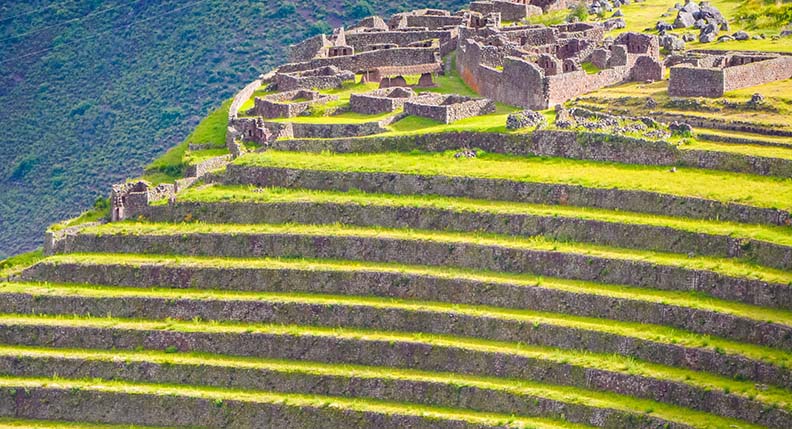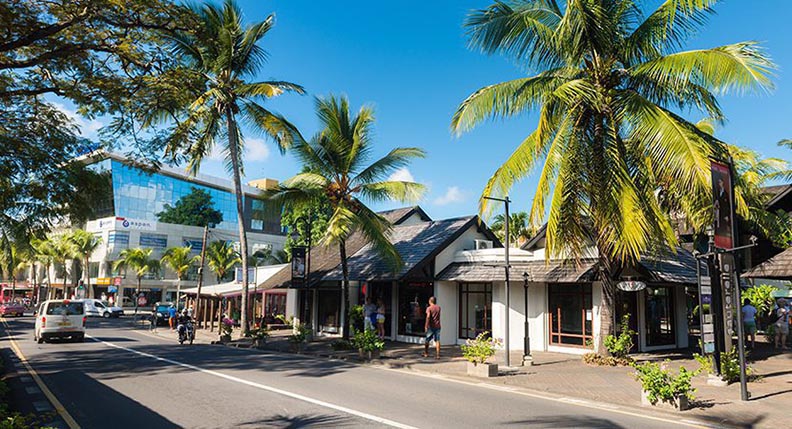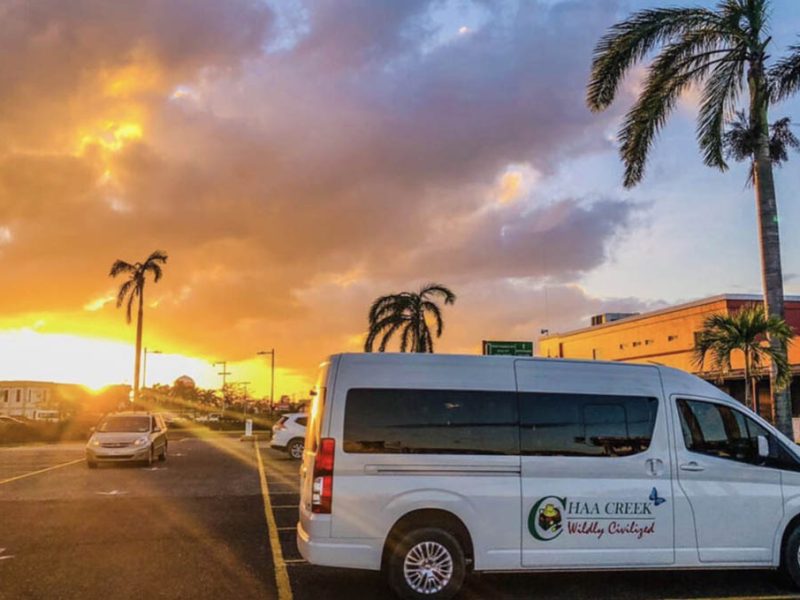Peru, a land of diverse landscapes, ancient civilizations, and vibrant cultures, has earned its place as a sought-after destination for travelers worldwide. From the bustling streets of Lima to the awe-inspiring heights of Machu Picchu, Peru offers a rich tapestry of experiences waiting to be woven into your travel story. While the country’s breathtaking natural beauty often steals the spotlight, understanding the intricacies of ground transportation is vital for a truly immersive Peruvian adventure. We’ll navigate the various modes of ground transportation in Peru, ensuring you explore cities and landscapes with ease.
The Backbone of Peruvian Travel: Buses
Buses form the backbone of Peru’s transportation system, linking cities, towns, and even remote villages. Here’s what you need to know about bus travel in Peru:
- Types of Buses: Peru offers a wide range of bus options, from basic local buses to luxurious long-distance coaches. Esteemed companies like Cruz del Sur and Movil Tours provide comfortable choices for extended journeys.
- Bus Terminals: Major cities such as Lima, Cusco, and Arequipa host central bus terminals, acting as hubs for various routes. It’s prudent to buy tickets in advance, especially during peak travel seasons.
- Safety and Comfort: Opt for reputable bus companies prioritizing passenger safety and comfort. Seek out features like spacious seats, onboard restrooms, and meal services for more extended trips.
- Scenic Routes: Certain bus routes in Peru, such as the journey from Cusco to Puno or Arequipa to Colca Canyon, offer breathtaking scenic vistas. Keep your camera ready!
Navigating Peru’s Capital: Lima
Lima, the sprawling Peruvian capital, boasts a complex network of transportation options:
- Metropolitano: Lima’s modern bus rapid transit (BRT) system, the Metropolitano, is a reliable way to explore key city attractions. It connects the historic center with neighborhoods like Miraflores and Barranco.
- Taxis: Taxis are abundant in Lima, but it’s essential to choose registered and reputable taxi services. Ride-sharing apps like Uber are also operational in the city.
- Traffic Considerations: Lima is notorious for traffic congestion, especially during rush hours. Plan your journeys to avoid delays and frustration.
The Inca Heartland: Cusco and the Sacred Valley

Cusco, the former Inca capital, and the nearby Sacred Valley are must-visit destinations in Peru. Here’s how to get around:
- Local Transportation: Cusco offers various local transportation options, including buses and collectivos (shared taxis). These options are budget-friendly but may have limited schedules.
- Walking: Cusco’s historic center is pedestrian-friendly, making exploration on foot a delightful way to uncover its cobblestone streets and Inca remnants.
- Train to Machu Picchu: For an unforgettable journey to Machu Picchu, take a train from Cusco or Ollantaytambo to Aguas Calientes, the gateway to the ancient ruins. The scenic train ride is an experience unto itself.
The Enigmatic Nazca Lines: Nazca
The Nazca Lines, colossal geoglyphs etched into the Nazca Desert, are a UNESCO World Heritage Site. To reach Nazca:
- Bus: Buses from Lima to Nazca are available, providing a cost-effective means of reaching this desert marvel.
- Aerial Tours: Several airlines offer aerial tours of the Nazca Lines, offering a unique perspective of these enigmatic creations.
Amazon Adventure: Iquitos
Iquitos, a gateway to the Amazon rainforest, is primarily accessible by air or water:
- Flights: Iquitos boasts an airport with daily flights from Lima. From there, you can delve deeper into the Amazon by boat.
- Riverboats: Explore the Amazon River and its tributaries on a riverboat tour. These tours often encompass accommodations, meals, and excursions into the jungle.
Altitude Adventures: Arequipa and Beyond

Arequipa, Peru’s second-largest city, serves as a starting point for exploring the Colca Canyon and other high-altitude wonders:
- Bus: Buses from Lima or Cusco can transport you to Arequipa. From there, local buses and tours are available for expeditions to the Colca Canyon and beyond.
Safety and Considerations
Though ground transportation in Peru is generally safe, taking precautions is essential:
- Altitude Sickness: When traveling to high-altitude destinations such as Cusco and Puno, be cautious of altitude sickness. Acclimatize gradually, stay well-hydrated, and heed local advice.
- Traffic Vigilance: Exercise caution in Peruvian cities, where traffic can be chaotic. Use marked crosswalks, look both ways when crossing streets, and stay alert.
- Luggage Protection: Keep a watchful eye on your belongings, especially in crowded areas and on buses. Using luggage locks and securi
- ng valuables is advisable.
- Whether you’re navigating the vibrant streets of Lima, embarking on a scenic bus journey through the Andes, or immersing yourself in an Amazonian adventure, comprehending your transportation options enriches your travel experience. Peru’s cities and landscapes offer a treasure trove of marvels waiting to be uncovered, and with this guide, you’re well-prepared to embark on your Peruvian journey with grace and confidence. Prepare to be enchanted by Peru’s natural splendor, millennia-old heritage, and warm hospitality as you traverse its diverse landscapes and cultures.



